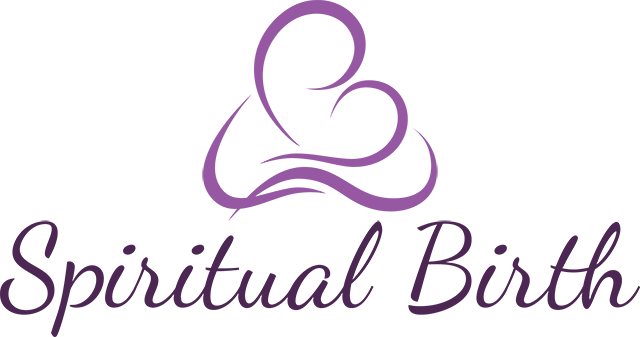This website is now the place where I can explicate my passion. Which brings us to the subject matter: perineums. The perineum is the layer of muscles that support the vaginal opening as well as the anal sphincter and is flanked and partially hidden by the buttocks and the labial folds. It is one of the parts of our bodies that serves to enhance the sexual act, and it helps significantly to support the positions of the bladder, the uterus and the rectum. But the major task of perineal tissue is to stretch during natural childbirth and allow the baby’s head to slip through the soft tissues without harm to the mother or baby. The perineal cells are designed to stretch more than any other cell in the body and once the task is complete, to resume their previous shape. The perineal tissue is also the most regenerative tissue in the body if it is allowed to tear naturally. It does NOT respond well to surgical incision aka episiotomy. Women who are given episiotomies by their doctors or midwives recover less quickly and with more pain than women who may have a small spontaneous tear. Unfortunately, episiotomies have all but become routine since a Doctor Pomeroy suggested the global use of the episiotomy during childbirth in 1918.
-
Quit Junk food as it does not contribute to increased elasticity of out tissues and a eat a balanced healthy diet with lots of raw veggies. Don’t drink juices or milk and be careful of sugars in anything. Sugar is a recent invention in the history of man and does unkind things to the body, messing with the metabolism.
-
Do pelvic floor exercises (Kegels). When you pee, contract the muscles and stop midstream and then resume the flow. This gives you a good idea of the capacity of these muscles to be firm and then relax
-
Do stretching and relaxation exercises like yoga or pilates, particularly for the hip and pelvic area
-
Take barleygreen tablets or powder 4-6 weeks before birth on a daily basis to assist elasticity of the tissues and prevent unnecessary bleeding if you tear(barleygreen is high in Vit K, which helps the blo0d to clot).
-
Give birth in any other position than lying on your back. Squatting, kneeling or side lying are all better for you than pushing on your back. Don’t give birth on your back or even a semi-reclining position if possible.
-
Use natural pain relief. Don’t have an epidural – it will place you on your back or in a semi reclining position and you will not feel the urge to push your baby out. Pushing is harder and there is more pressure on the pelvic floor for longer, leading to damage.
-
Be mobile during the labour and birth using changes of position to ease the passage of the baby through the birth canal
-
Wait until you feel a spontaneous urge to push(simply put, it feels like you want to go to the toilet!). Being forced or hurried to push before you are ready places a burden of unnecessary weight behind the perineum and pelvic floor.
-
Sometimes a mother wants a supportive hand on the perineum, sometimes a mother wants to be left alone. Follow the mother!
-
Have a waterbirth. Warm water soothes the perineum and the warmth increases elasticity of the tissues.
-
Use the EPI-NO to practice prior to the birth. http://www.epi-no.co.uk/ The EPI-NO is the most fantastic confidence inducing device(if I could give them away I would).
-
Generally I have found a HANDS OFF approach works best for women – check that your midwife or doctor is able to have patience and not interfere with your process unnecessarily.
Jennifer Block, a medical journalist, gives a brief and to the point expose of perineal issues in her book “Pushed”. www.pushedbirth.com She mentions Doctor Caldeyro-Barcia, who studied birth in the 1950’s and stated that the ‘supine position is the worst conceivable position for labour and delivery. Neither is there evidence that routine episiotomies improve pelvic floor function after birth and there is alot of evidence that it worsens function and damages the pelvic floor.
Find birth attendants and/or independant midwives who will support your wishes, give birth in warm water if you can, and purchase and practice with an EPI-NO, which actually does alot for your confidence as well. Remember, we are designed to give birth. It is what our bodies are made for and our pelvic bowl and perineal muscles are wise!

i did 5 weeks of perinium massage prior to my unwanted caesarean and i had increased the stretch from ‘apricot’ sized to ‘apple’ sized. i remember being on the back seat of my husbands car while transferring after our failed attempt at homebirth and saying ‘i’m not wasting all that perenium massage – when this baby comes out i’m shoving it back up my vagina!’